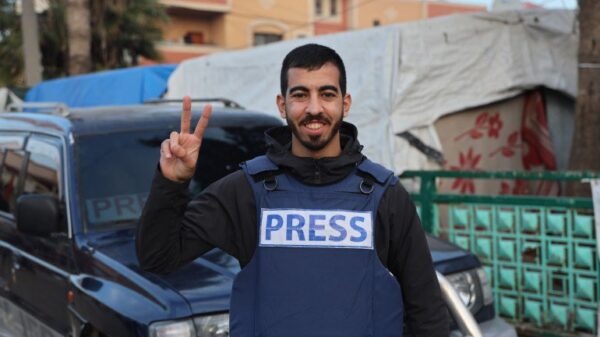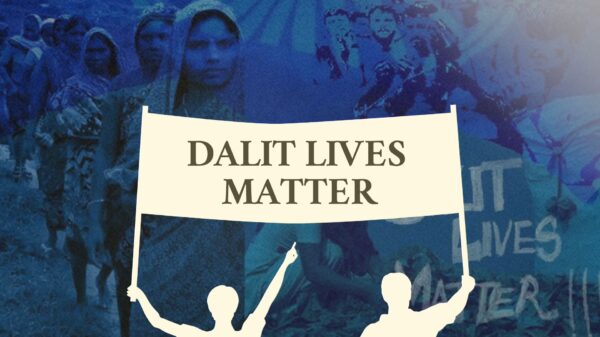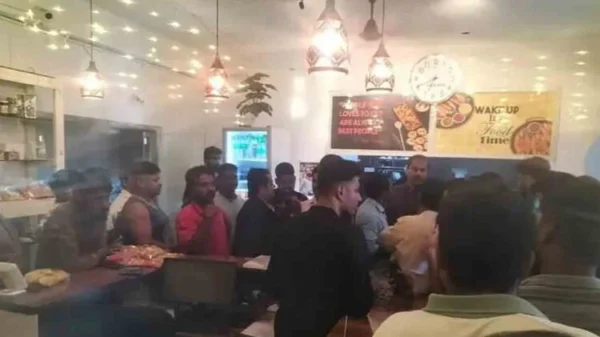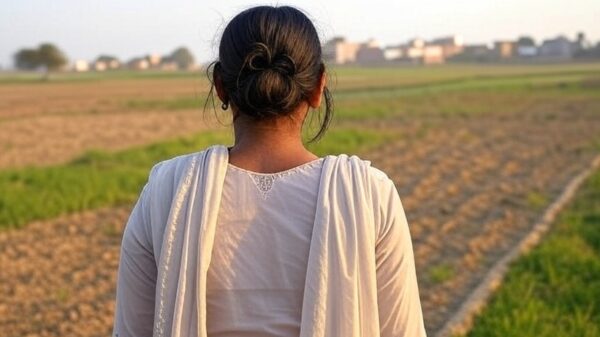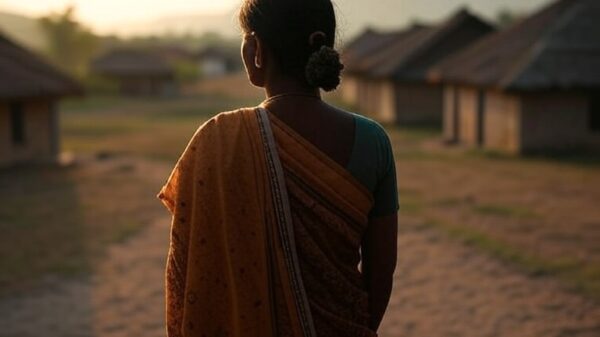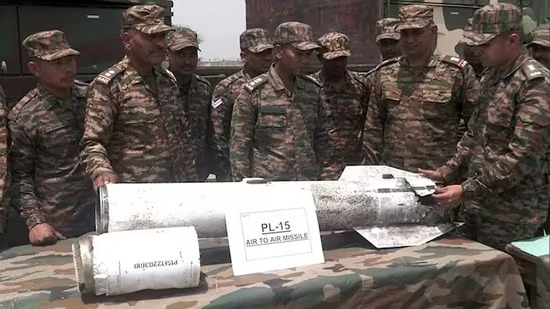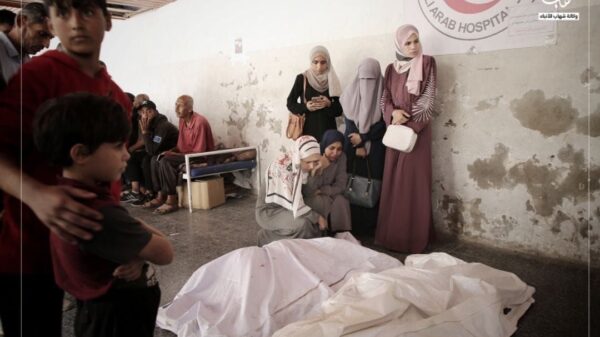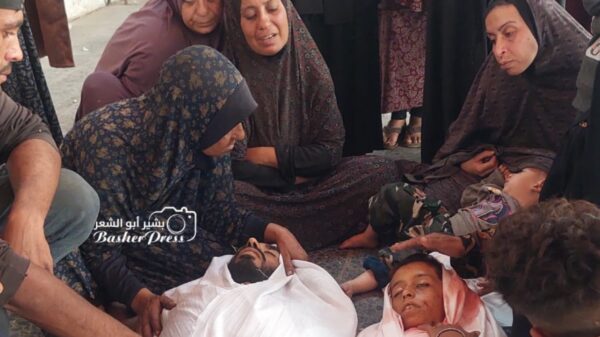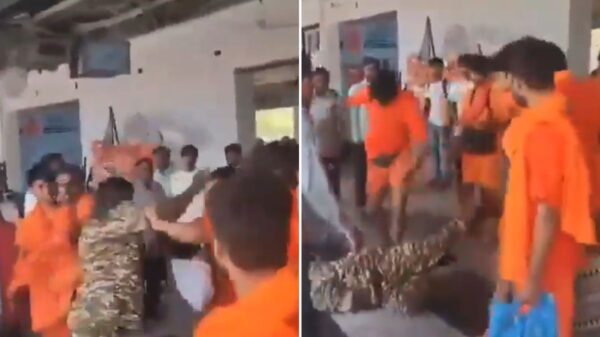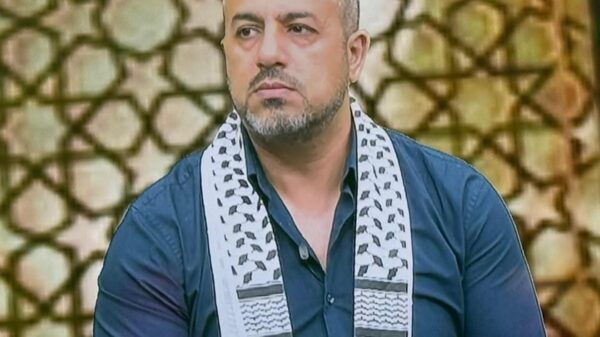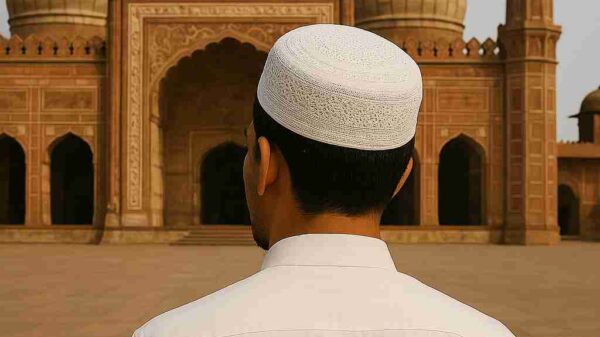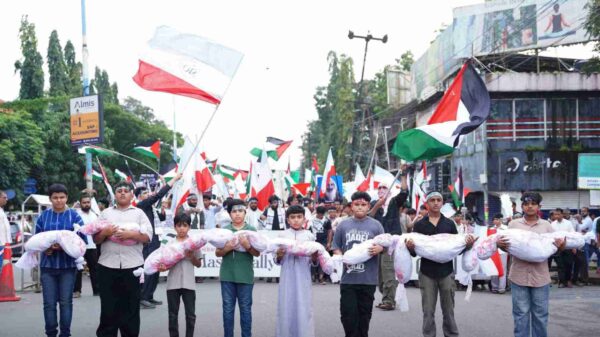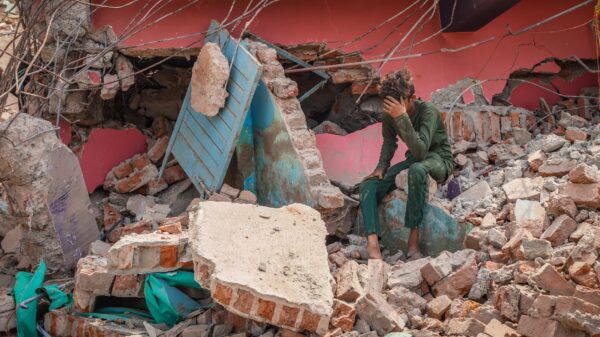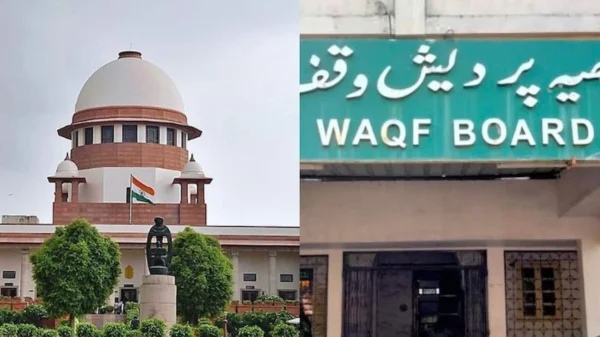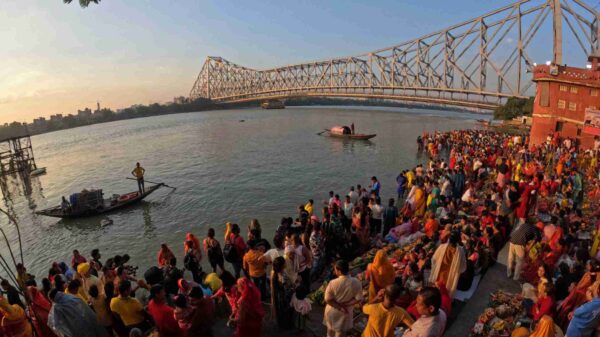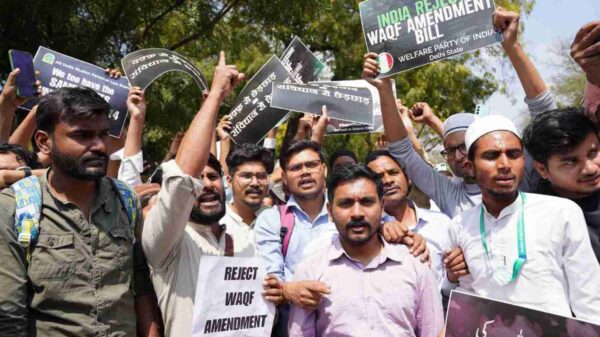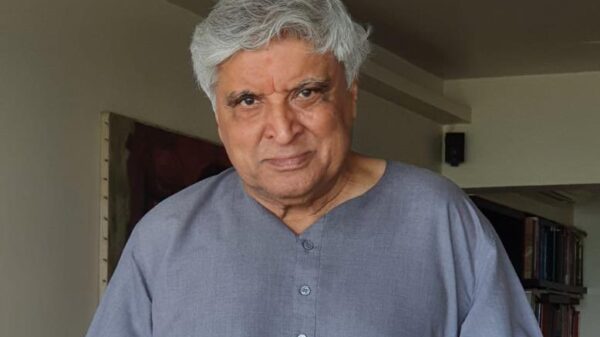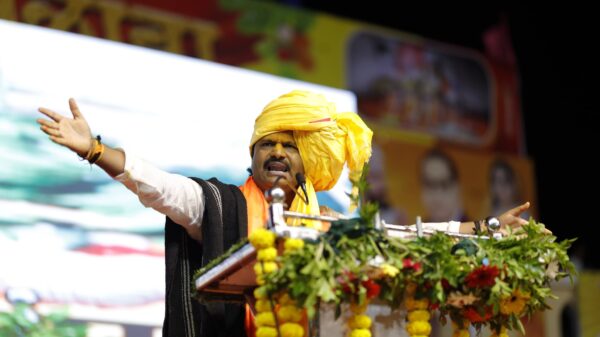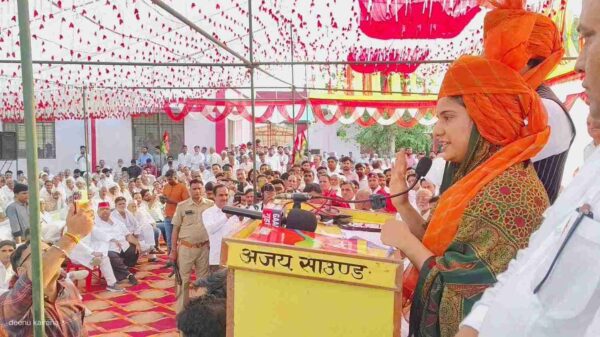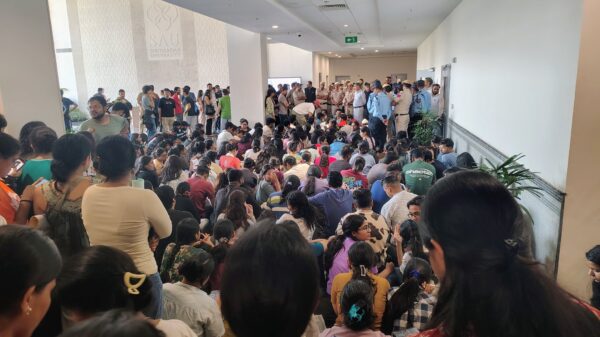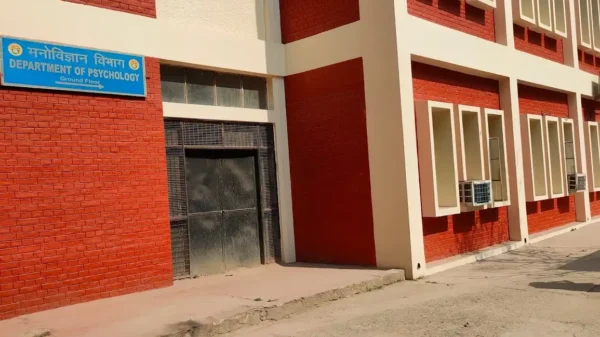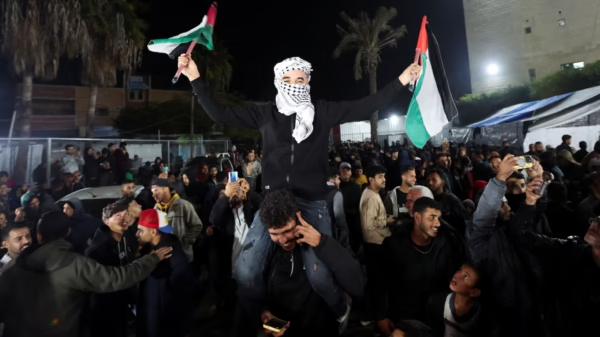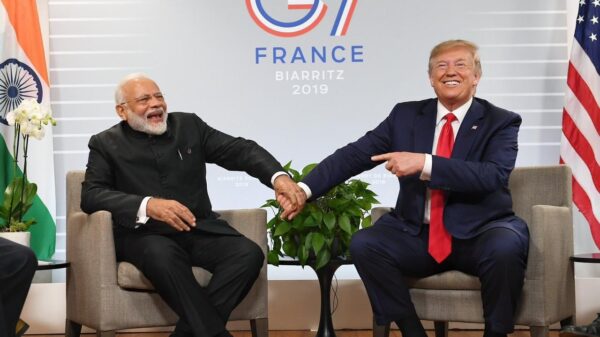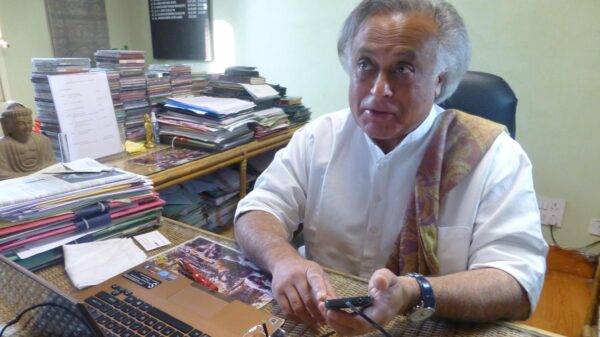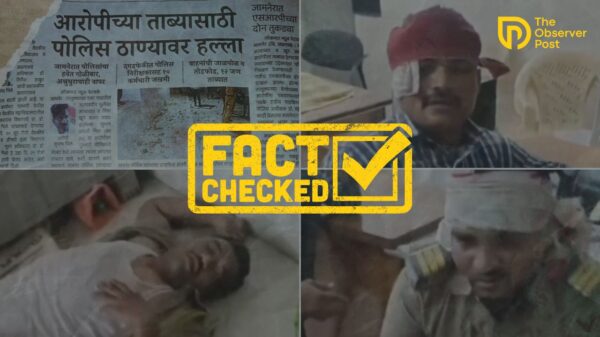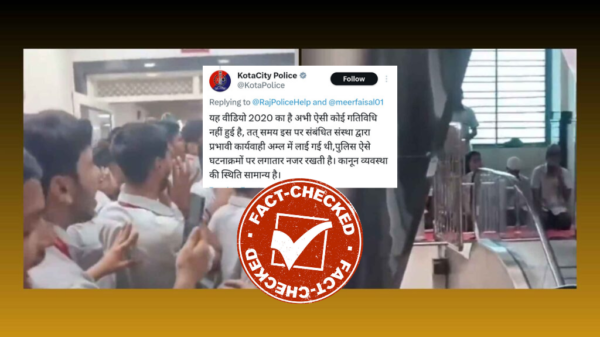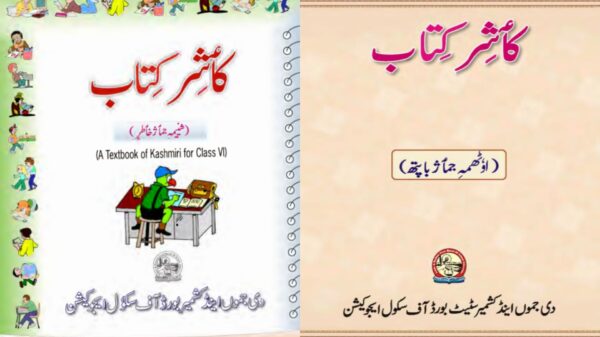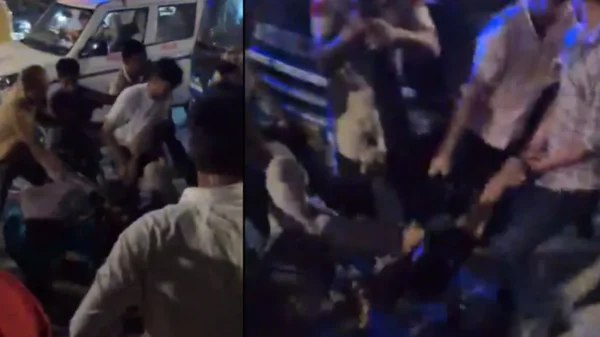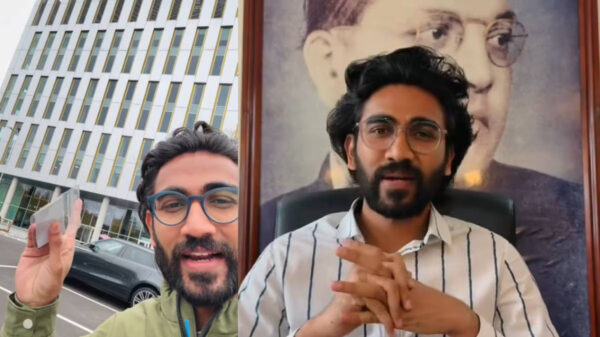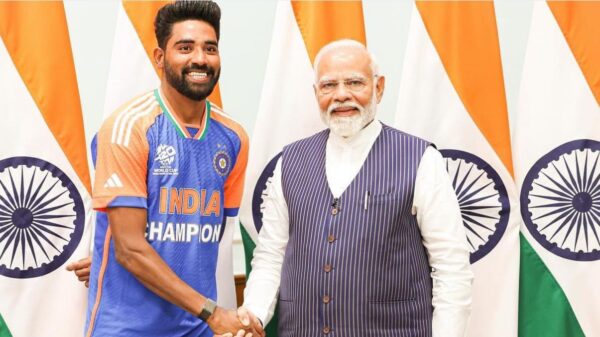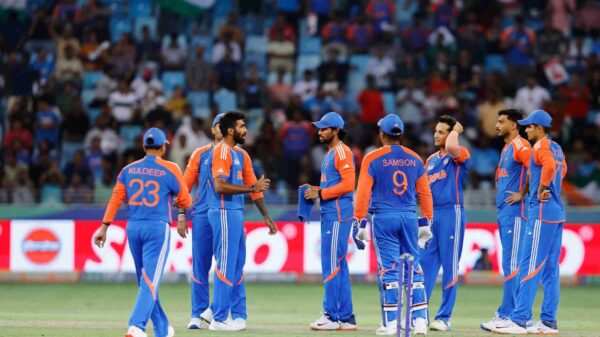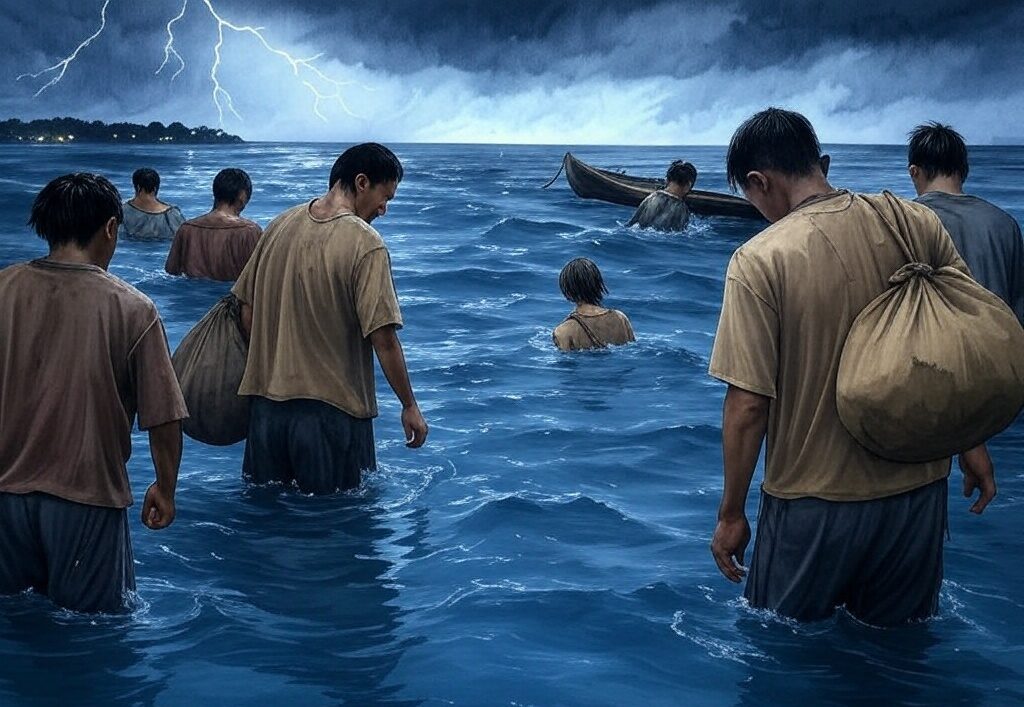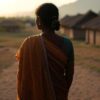As an 11-year-old, Anwar, along with his family and three other Rohingya families, fled the persecution of the military junta in Myanmar in 2012. They were put on a boat, risking their lives amid an uncertain sea in search of a safer shore. Nazir, along with the other families, managed to make it to Bangladesh. Upon reaching safety, his family believed that India, being more democratic and offering more opportunities for higher education, would safeguard their children’s freedom. So, Nazir and his family, which included more than five members, began their journey to India by bus, train, and sometimes on foot.
Since then, Nazir has been living in Delhi with his brothers, sisters, and cousin brothers, who also fled to India in search of a better life. Today, all of them have been stranded in international waters after being detained by the police in the National Capital and deported back to Myanmar.
On May 8, Indian authorities allegedly marooned 43 Rohingya refugees in the sea near Myanmar’s maritime border, sending them back to a country where they face the threat of persecution.
Among those deported were Anwar’s elderly parents, both over 65 years old, who were left stranded along with the group of 43 refugees in international waters near the Burma border. Reports indicate that 29 refugees, including five women, have been detained by police since last Tuesday.
There is no confirmed information about the whereabouts of the families who were allegedly cast off into the sea. Anwar’s parents were rescued by fishermen and managed to reach the shore — and that was the last update he received from them. Both suffer from diabetes and high blood pressure. He says his mother, a heart patient in need of surgery, is especially vulnerable and cannot endure the cold sea water.
“This is really strange. This manner of deportation is unacceptable. We have always cooperated with the police. The authorities could ask us to leave at any time. But torturing us as if we are not human is breaking our inner peace,” says a Rohingya Christian from Delhi.
The UNHCR says it is trying to gather updates on the situation and establish contact with the relevant authorities, but there has been no development so far. According to the latest figures, as of March 31, 2025, the UNHCR has recognised 23,300 Rohingya refugees and asylum seekers in India.
The Series of Ordeals—Languishing Lives
Most Rohingya refugees in Delhi sustain themselves by working as rickshaw drivers or vegetable sellers. Some even work long hours in factories. “If the owners find out we are Rohingya, they don’t pay our wages for up to three months,” says one of the refugees.
More than 25 students from the refugee community in Vikas Puri and Uttam Nagar attend the National Institute of Open Schooling while working part-time to support themselves.
This inhumane banishment by the authorities came after the Supreme Court of India heard a new batch of petitions challenging the recent crackdown on Rohingya refugees in the National Capital, which began on May 6.
The series of intimidations to the Rohingya community’s existence is not new. Every month, it has become routine for them to be called to the police stations. From time to time, the CID conducts raids on areas where Rohingya refugees live, questioning them about where they work, whom they associate with, and other personal details.
On February 26, 2025, Rohingya refugees from Hastsal and Vikas Puri were taken to the Dwarka Dossier Cell for fingerprinting and were assigned e-prison numbers. Following this, on May 3, the police visited these areas to verify a list of 14 individuals, taking photographs of them.
On May 6, all of them were instructed to report to the police station for biometric verification, with only their UNHCR IDs. They were told it would take just 10 minutes, but instead, they were picked up from their homes and taken to the Dossier Cell.
One of the refugees shared that this time, the biometric verification felt different. Eight to ten police officials surrounded them, blocking their movement and treating them like criminals.
“The police were trying to put a case on us as illegal migrants,” said one of them, who witnessed an FIR being prepared at the Dossier Cell.
They were allegedly harassed at the Dossier Cell and then taken to Indira Gandhi Hospital in Dwarka, Sector 9. There, the men were examined for scars and identification marks, while the women were reportedly forced to undergo pregnancy tests. Later that night, the Vikas Puri police detained several Rohingya Christian and Muslim families, including women and children. In total, more than 80 Rohingya refugees were arrested from these areas.
On May 7, one of the detainees managed to make a brief phone call to their family, lasting barely a minute. The call informed them that the detainees were being taken to the airport for deportation to Myanmar.
They were later transported by boat. One of the victims recounted that their hands were tied behind their back and one person was blindfolded. Young refugees were beaten and accused by officials of being illegal migrants involved in unlawful activities. They were told this was the reason behind what had recently happened in Jammu & Kashmir.
While being deported on two separate boats, the refugees were reportedly instructed by navy officials not to raise their heads and to sit with their hands tied behind their backs. Some of them were bleeding from their hands, but to their dismay, none of the officials acknowledged their pain, as reported by one of the refugees.
“I will request the government to kill us here, rather than sending us back. I cannot imagine the way they torture us there. There is no chance of a safe life in Myanmar for us,” says Anwar (27), as he reflects on the prospect of returning to Myanmar.
The Ministry of Home Affairs Recognizes Rohingya as “Illegal Foreigners”
In 2022, the Ministry of Home Affairs issued a press notice labeling the Rohingya as “illegal foreigners” and reiterated that the Ministry had already taken steps for their deportation to their country of origin through the Ministry of External Affairs.
Myanmar’s military crackdown in August 2017 resulted in the burning of 300 Rohingya villages and the displacement of 26,000 families. According to reports, 800,000 Rohingya fled Myanmar’s shores to seek refuge in Bangladesh. Following the military junta’s coup in 2021, the number of refugees risking their lives to cross the seas in search of safety and security has only continued to rise.
Though India has not ratified the 1951 Geneva Convention related to refugees or its 1967 protocol, the International Commission of Jurists reminds India that it is a party to the non-refoulement principle, the International Covenant on Civil and Political Rights (ICCPR), and the Convention on the Rights of the Child (CRC).
By deporting the Rohingya back to Myanmar, India has not only violated the provisions of both the ICCPR and CRC, but also the internationally recognized procedure for deportation. The legal procedure stipulates that deportation should only be initiated after both governments agree, and the host country must verify that the person is indeed a citizen of the destination country.
In 2021, the Supreme Court, led by Chief Justice Bobde, Justice Boppana, and Justice Ramasubramaniam, ruled that Rohingyas should not be deported without following the prescribed legal procedures. “Right not to be deported, is ancillary or concomitant to the right to reside or settle in any part of the territory of India,” the SC observed.
However, nearly four years later, despite Solicitor General Tushar Mehta’s assurance that no deportations would occur without following the ‘prescribed procedure’, Indian naval ships reportedly carried more than 40 Rohingya refugees and abandoned them in international waters.
On May 8, for the first time since the petition was filed in 2021, the Supreme Court responded, stating that “if Rohingya refugees in the country were found to be foreigners under Indian laws, they would have to be deported.” This observation came from a bench comprising Justices Surya Kant, Dipankar Datta, and N. Kotiswar Singh.
“India has an international as well as domestic obligation to protect the genocide-fleeing Rohingya victims. India doesn’t achieve anything by sending poor and legitimate refugees back to their perpetrators but can gain much by protecting them. India, being the largest democracy with a history of welcoming refugees, should not send people back to a country where they face threats to their lives. This is a violation of international law and India’s values of ‘Vasudev Kutumbakam.’ I hope the government will reconsider and allow the refugees to stay until their return is safe,” a prominent Rohingya refugee activist told The Observer Post.
A final verdict has not yet been delivered on the petition filed in 2021. The writ petition, filed under Article 32 of the Constitution, was submitted in response to newspaper reports highlighting the Government of India’s decision to deport approximately 40,000 Rohingya refugees—estimated to be living across the country—back to Myanmar.
Yap Lay Sheng, a Human Rights Specialist at Fortify Rights, said that the Indian government is handing Rohingya refugees over to the same forces in Myanmar responsible for the genocide against them. “India has international legal obligations to protect and uphold the rights of all refugees on its territory and must immediately halt forced returns of Rohingya refugees to Myanmar,” Sheng said.

